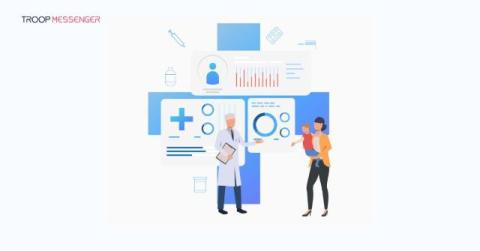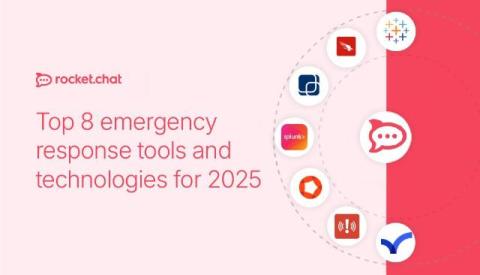What is a Service Desk Manager? Role, skills, and responsibilities
As businesses grow, so does the demand for effective IT management. One crucial role in this area is the service desk manager, a position that ensures IT support runs smoothly while meeting organizational goals.









